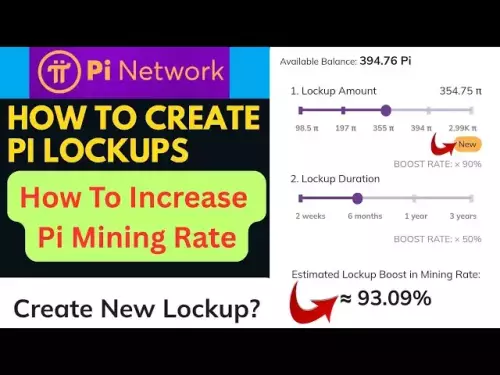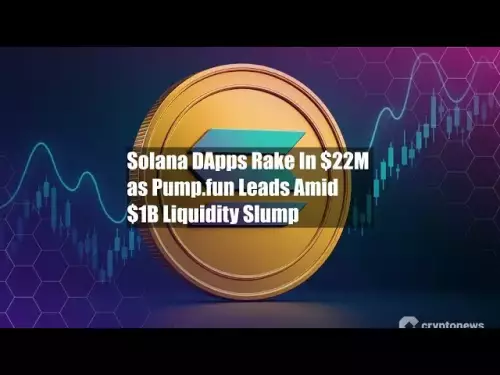-
 bitcoin
bitcoin $114779.865156 USD
2.30% -
 ethereum
ethereum $4226.519789 USD
2.39% -
 tether
tether $1.000545 USD
0.04% -
 xrp
xrp $2.890223 USD
0.92% -
 bnb
bnb $1030.029301 USD
2.95% -
 solana
solana $212.824944 USD
1.69% -
 usd-coin
usd-coin $0.999757 USD
0.01% -
 dogecoin
dogecoin $0.234961 USD
-0.27% -
 tron
tron $0.337174 USD
0.42% -
 cardano
cardano $0.804783 USD
0.09% -
 hyperliquid
hyperliquid $45.748770 USD
-2.85% -
 chainlink
chainlink $21.699170 USD
0.82% -
 ethena-usde
ethena-usde $1.001452 USD
0.08% -
 avalanche
avalanche $30.237800 USD
1.14% -
 stellar
stellar $0.372604 USD
1.52%
How can I view historical trading records for Ethereum contracts?
Blockchain explorers like Etherscan and DeFi analytics platforms like Dune enable detailed analysis of historical Ethereum contract data, revealing transaction patterns, token flows, and user behavior across decentralized applications.
Sep 27, 2025 at 06:01 pm
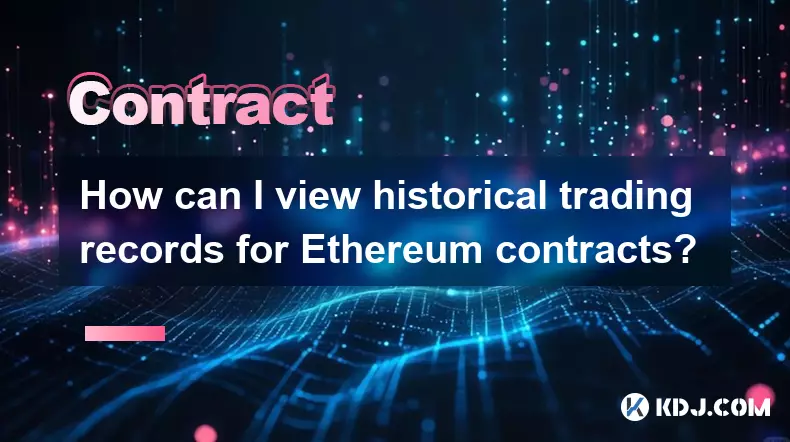
Accessing Historical Ethereum Contract Data
1. Blockchain explorers offer a direct way to view historical trading records for Ethereum contracts. Platforms like Etherscan allow users to search for specific smart contract addresses. Once located, the 'Transactions' tab displays every interaction with that contract, including token swaps, transfers, and function calls.
2. Each transaction entry includes details such as block number, timestamp, sender address, gas usage, and method invoked. By analyzing these entries chronologically, traders can reconstruct the full history of activity tied to a particular Ethereum-based contract.
3. For decentralized exchanges like Uniswap or SushiSwap, contract interactions often involve swapping tokens or adding liquidity. These actions are publicly recorded and can be filtered by event type on advanced explorer interfaces.
4. Some explorers support decoding of input data, translating raw hexadecimal into readable function parameters. This feature is crucial when trying to understand what each transaction actually executed within the contract logic.
5. Exporting transaction lists to CSV format enables offline analysis using spreadsheet tools or custom scripts, allowing deeper pattern recognition over time.
Utilizing Decentralized Finance Analytics Platforms
1. Specialized DeFi analytics platforms such as Dune Analytics provide pre-built dashboards that visualize historical Ethereum contract activity. Users can explore queries created by the community or build their own using SQL-like syntax tailored for blockchain data.
2. On Dune, searching for existing dashboards related to popular protocols (e.g., Aave, Compound) reveals comprehensive timelines of borrowing, lending, and liquidation events. These dashboards pull data directly from Ethereum logs and decode them into structured tables.
3. Metrics like daily active users, total value locked, and transaction volume are derived from contract call histories and updated in near real-time. Accessing this aggregated data simplifies trend identification without requiring low-level blockchain navigation.
4. Custom queries can isolate specific wallet behaviors across multiple contracts, enabling investigation into whale movements or arbitrage patterns throughout market cycles.
5. Alerts and API integrations allow automated monitoring of key contract events, ensuring timely responses to significant historical shifts once detected.
Leveraging Node Providers and On-Chain Tools
1. Running a full Ethereum node grants complete access to all historical blocks and state changes. While resource-intensive, this method ensures data integrity and independence from third-party services.
2. Infura and Alchemy serve as scalable alternatives, offering REST and WebSocket APIs to query past contract transactions programmatically. Developers authenticate requests and retrieve logs matching specific address and topic filters.
3. Event logs emitted by smart contracts—such as Transfer, Swap, or Mint—are indexed by these providers, making it efficient to fetch all occurrences of a given event across millions of blocks.
4. Using web3.py or ethers.js libraries, developers can write scripts that paginate through historical logs, decode ABI-encoded parameters, and store results in databases for further processing.
5. Real-time indexing solutions like The Graph enable subgraph creation, where Ethereum contract data is organized into queryable entities reflecting user balances, trades, and positions over time.
Frequently Asked Questions
Can I see failed Ethereum contract transactions in historical records?Yes, failed transactions appear in blockchain explorers with a status indicating failure. They still consume gas and include revert reasons if provided by the contract, helping diagnose issues in prior interactions.
Are internal transfers between contracts included in public transaction histories?Internal transfers triggered by contract execution (call traces) are not stored in the main transaction list but can be accessed via trace modules on nodes or specialized APIs like OpenEthereum’s debug_traceTransaction.
Is it possible to track token movements across different ERC-20 contracts simultaneously?Using event indexing platforms like Dune or The Graph, users can combine logs from multiple ERC-20 contracts to monitor cross-token flows, especially useful for tracking stablecoin circulation or migration between versions.
Do all Ethereum contract interactions require ETH transfer?No, many contract calls involve only data execution without any ETH movement. However, every transaction must pay gas in ETH regardless of whether value is transferred, ensuring network security and operation.
Disclaimer:info@kdj.com
The information provided is not trading advice. kdj.com does not assume any responsibility for any investments made based on the information provided in this article. Cryptocurrencies are highly volatile and it is highly recommended that you invest with caution after thorough research!
If you believe that the content used on this website infringes your copyright, please contact us immediately (info@kdj.com) and we will delete it promptly.
- Government Shutdown, Trump Meeting, Deadlock: A New Yorker's Crypto Take
- 2025-09-30 10:45:12
- Token Securities, Stablecoins, and Synergy: A New Standard for Digital Finance in NYC
- 2025-09-30 10:25:15
- Dogecoin, Shiba Inu, and Remittix: Decoding the Crypto Hype
- 2025-09-30 10:25:15
- Bitcoin Surge: Bullish Factors and Seasonal Trends Fueling the Rally
- 2025-09-30 10:45:12
- Binance Coin Breakout: Riding the Cryptocurrency Wave
- 2025-09-30 10:50:01
- Bitcoin, Corporate Treasury, and Fintech Startups: A New Era of Finance
- 2025-09-30 10:50:01
Related knowledge
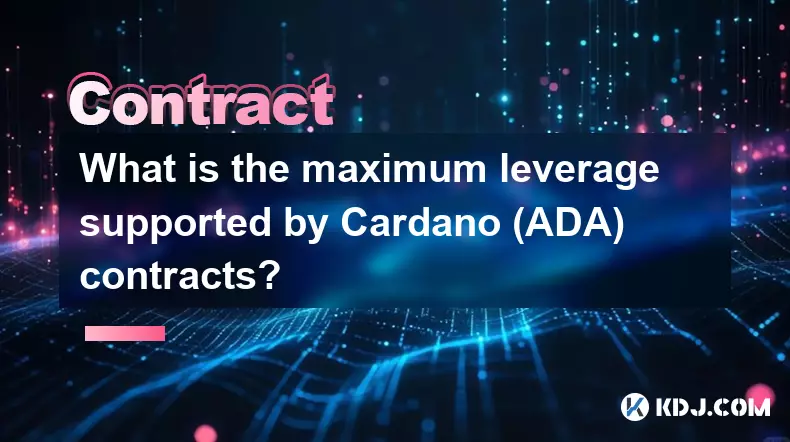
What is the maximum leverage supported by Cardano (ADA) contracts?
Sep 30,2025 at 03:37am
Understanding Leverage in ADA Derivatives Trading1. Leverage in cryptocurrency futures and perpetual contracts allows traders to control larger positi...

How do I use the scheduled order feature in Cardano (ADA) contracts?
Sep 28,2025 at 10:18pm
Understanding Scheduled Orders in Cardano Smart ContractsCardano operates on a proof-of-stakes consensus mechanism and uses the Plutus scripting langu...

Can I modify the leverage of Cardano (ADA) contracts after opening a position?
Sep 30,2025 at 08:19am
Understanding Leverage in Cardano (ADA) Futures Trading1. Leverage allows traders to control larger positions using a smaller amount of capital. In th...
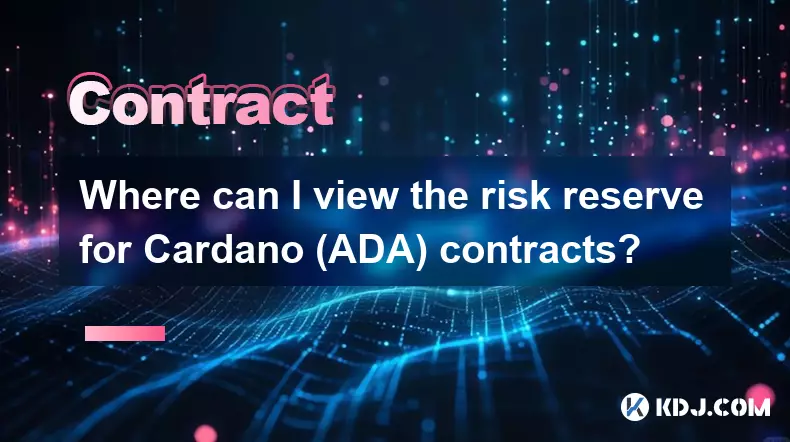
Where can I view the risk reserve for Cardano (ADA) contracts?
Sep 29,2025 at 09:19pm
Risk Reserve Overview in Cardano (ADA) Ecosystem1. The concept of a risk reserve within the Cardano blockchain does not align with traditional central...

How do I enable the "scalping-only" mode for Cardano (ADA) contracts?
Sep 24,2025 at 03:19am
Understanding Scalping Strategies in Crypto Derivatives1. Scalping in cryptocurrency trading refers to executing multiple short-term trades within min...

What is the settlement time for Cardano (ADA) contracts?
Sep 28,2025 at 04:18am
Understanding Cardano's Contract Settlement Mechanism1. Cardano operates on a proof-of-stake consensus model known as Ouroboros, which fundamentally i...

What is the maximum leverage supported by Cardano (ADA) contracts?
Sep 30,2025 at 03:37am
Understanding Leverage in ADA Derivatives Trading1. Leverage in cryptocurrency futures and perpetual contracts allows traders to control larger positi...

How do I use the scheduled order feature in Cardano (ADA) contracts?
Sep 28,2025 at 10:18pm
Understanding Scheduled Orders in Cardano Smart ContractsCardano operates on a proof-of-stakes consensus mechanism and uses the Plutus scripting langu...

Can I modify the leverage of Cardano (ADA) contracts after opening a position?
Sep 30,2025 at 08:19am
Understanding Leverage in Cardano (ADA) Futures Trading1. Leverage allows traders to control larger positions using a smaller amount of capital. In th...

Where can I view the risk reserve for Cardano (ADA) contracts?
Sep 29,2025 at 09:19pm
Risk Reserve Overview in Cardano (ADA) Ecosystem1. The concept of a risk reserve within the Cardano blockchain does not align with traditional central...

How do I enable the "scalping-only" mode for Cardano (ADA) contracts?
Sep 24,2025 at 03:19am
Understanding Scalping Strategies in Crypto Derivatives1. Scalping in cryptocurrency trading refers to executing multiple short-term trades within min...

What is the settlement time for Cardano (ADA) contracts?
Sep 28,2025 at 04:18am
Understanding Cardano's Contract Settlement Mechanism1. Cardano operates on a proof-of-stake consensus model known as Ouroboros, which fundamentally i...
See all articles





















